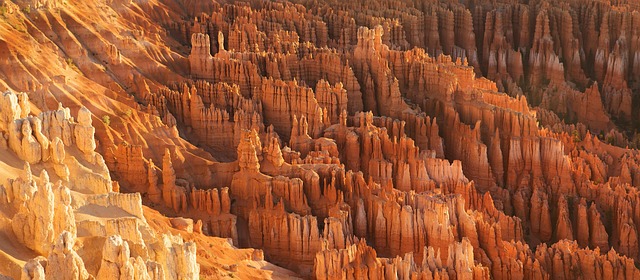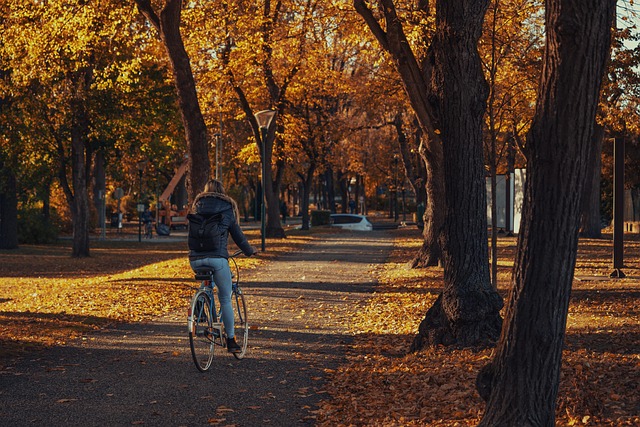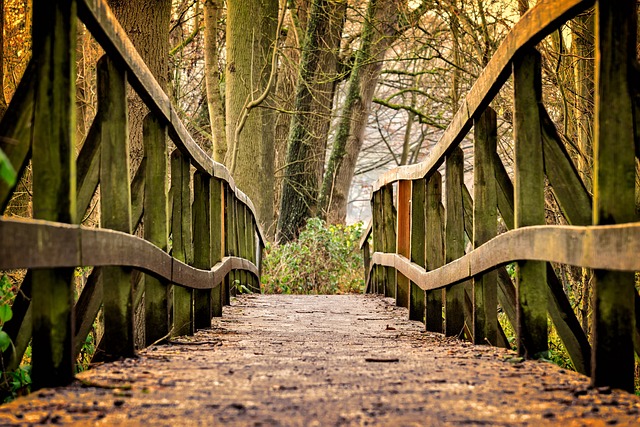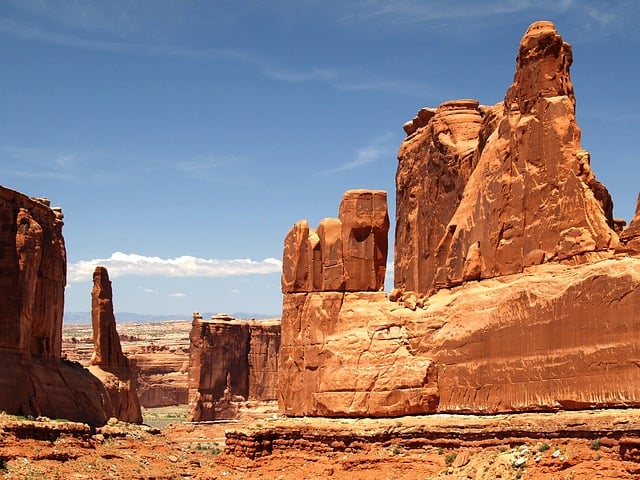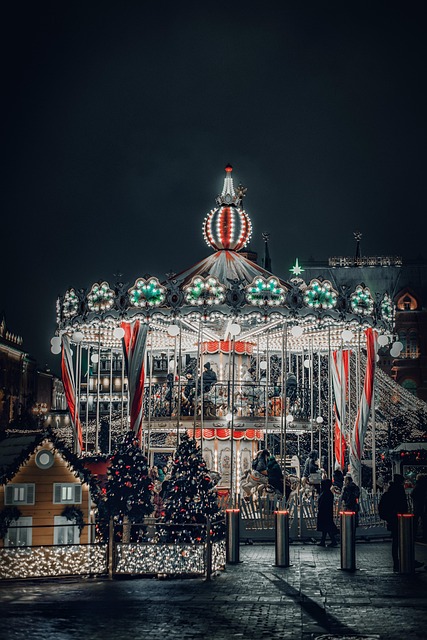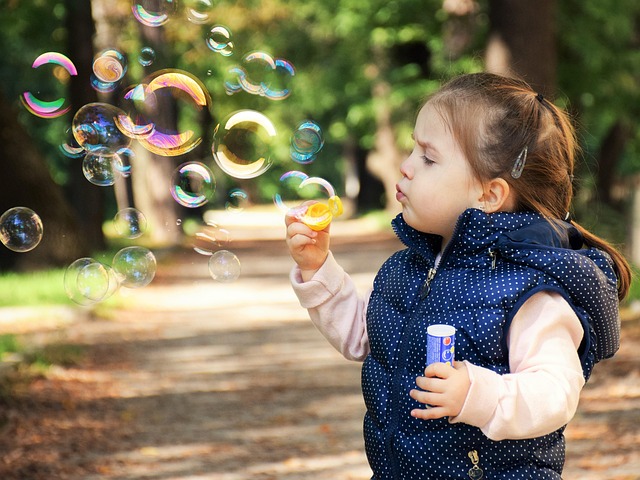Golf course design evolves with eco-friendly practices, seamless integration of natural elements and mixed-use real estate developments that blend residential and commercial spaces. These courses transform urban areas into community hubs promoting healthy living and social connections, boosting local economies and real estate values through tourism, job creation, and increased business spending.
Golf courses aren’t just about bunkers and greens; they are dynamic spaces that intertwine with local ecosystems and communities. This article explores how golf course design and real estate trends symbiotically enhance outdoor leisure experiences, boosting community spaces and local economies. We delve into the environmental considerations behind course creation and its ripple effects on property values. By understanding these connections, we can appreciate golf’s role as a catalyst for sustainable development and recreational growth.
Golf Course Design and Real Estate Trends
Golf course design has evolved significantly over the years, reflecting changes in technology, player preferences, and real estate trends. Modern courses often incorporate innovative layouts that blend seamlessly with their natural surroundings, utilizing contouring, elevation changes, and native vegetation to create a visually stunning and challenging experience for golfers of all skill levels. This approach not only enhances the playing experience but also reduces environmental impact by preserving local ecosystems.
In terms of real estate, golf course development has seen shifts towards more sustainable and community-focused projects. Developers are increasingly integrating residential and commercial spaces into golf communities, creating mixed-use developments that offer residents easy access to outdoor leisure activities. These trends reflect a growing demand for interconnected living environments where golf courses serve as central amenities, fostering a sense of community and promoting an active lifestyle.
Outdoor Leisure: Enhancing Community Spaces
Outdoor leisure activities play a pivotal role in enhancing community spaces, and golf courses are at the forefront of this transformation. In urban settings where real estate is premium, carefully designed golf facilities offer more than just a place to play; they become vibrant hubs that foster social connections and promote healthy living. These green oases not only cater to avid golfers but also attract families, friends, and neighbors seeking quality time outdoors.
By integrating golf courses into community landscapes, developers and urban planners can create spaces that serve as central gathering points, encouraging active lifestyles and fostering a sense of belonging. The positive impact extends beyond individual well-being; it contributes to building stronger, more connected communities, making these outdoor leisure areas invaluable assets in the real estate market.
The Impact of Golf on Local Economies and Property Values
Golf courses have a significant impact on local economies and real estate values. The presence of a golf course attracts tourists, creates jobs, and boosts spending in surrounding businesses, from restaurants to accommodation providers. This economic stimulus can lead to increased property values, making areas near premium golf courses highly desirable for both residents and investors.
Moreover, the maintenance and upkeep of these facilities contribute to local employment opportunities and stimulate the demand for various goods and services. As a result, golf courses often become integral parts of the community, enhancing the overall quality of life and real estate appeal of the region.

